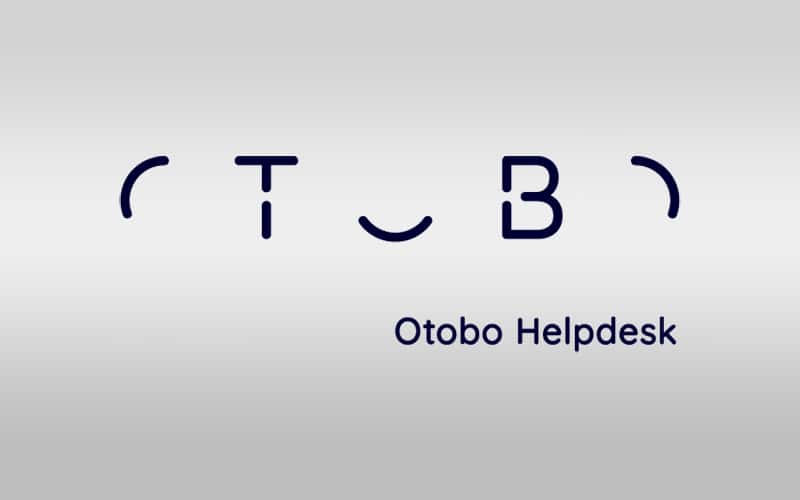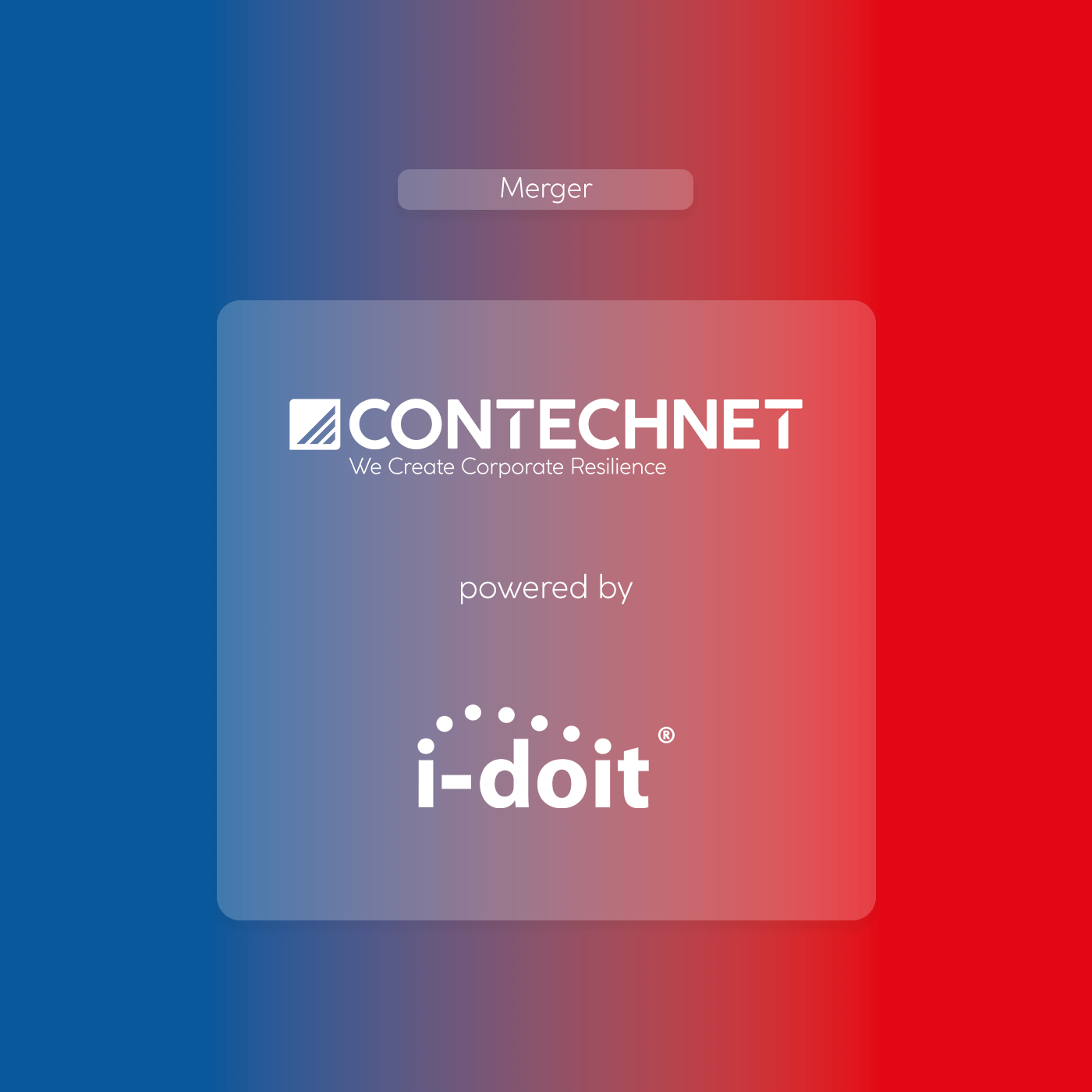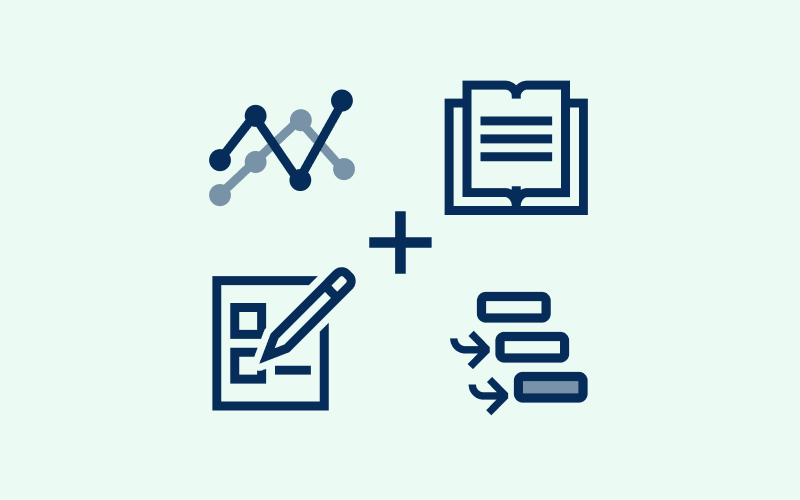OTOBO is a powerful free open source ticket and help desk tool for organising processes and internal and external company communication. It is based on the proven Open Source Service Desk ((OTRS)) Community Edition and impresses with new functions and a new appealing design.
OTOBO HelpDesk – Advantages:
- Complete help desk and ticketing tool
- Free open source tool for operation in the cloud or as an on-premises variant
- Numerous interfaces to various third-party applications such as i-doit, SAP, Baramundi, etc.
- Integrated customer portal
- No limit on the number of tickets, customers and agents
- Self-service portal for customers and employees
- Comprehensive reports and statistics
- Transfer of CI information from CMDB and IT asset management
- Hierarchical form functions and text modules
- Migration from ((OTRS)) Community Edition possible
HelpDesk and ticketing
Like any HelpDesk software, OTOBO places great emphasis on the organisation and documentation of processes and procedures. The system can be operated either in the cloud or on-premise – according to the user’s own requirements. As a central tool, it has all the relevant information at its disposal and offers text modules and response templates. Permissions for users and groups regulate access to tickets very granularly.
Ticketing
All information about a process is summarised in tickets and assigned to employees or departments. This ensures that requests are co-ordinated to the right places and answered promptly. New tickets are created either by the customer via the integrated customer portal or by a help desk agent. The OTOBO help desk supports employees especially when they are familiarising themselves with new processes, as it logically summarises all the information in tickets.
The employee taking over thus immediately has all the necessary information at their disposal. The Ajax-based quick search with Elasticsearch allows tickets and content to be found even faster, as results are displayed as they are entered. The organisation into categories provides a better overview of the tickets created.
Organisation of tasks, processes and operations
It is essential that all tasks, processes and operations are co-ordinated to the right parties in a timely manner. OTOBO provides reminder functions as well as escalation mechanisms to distribute important or time-critical processes (e.g. SLAs) to the appropriate entities in a timely manner.
Numerous process templates are available for recording and processing incidents, on- and off-boarding of employees or change management. Telephones, email or SMS are used as communication channels.
Current tasks, tickets, statistics and current messages can be viewed at any time via the individually configurable dashboard.
Integrated customer portal
With OTOBO, you set up your customers’ own access to the portal. They use it to create new tickets, update existing ones or close them independently when they are resolved. In this way, you can ensure that there is a single point of entry for your customers’ support.
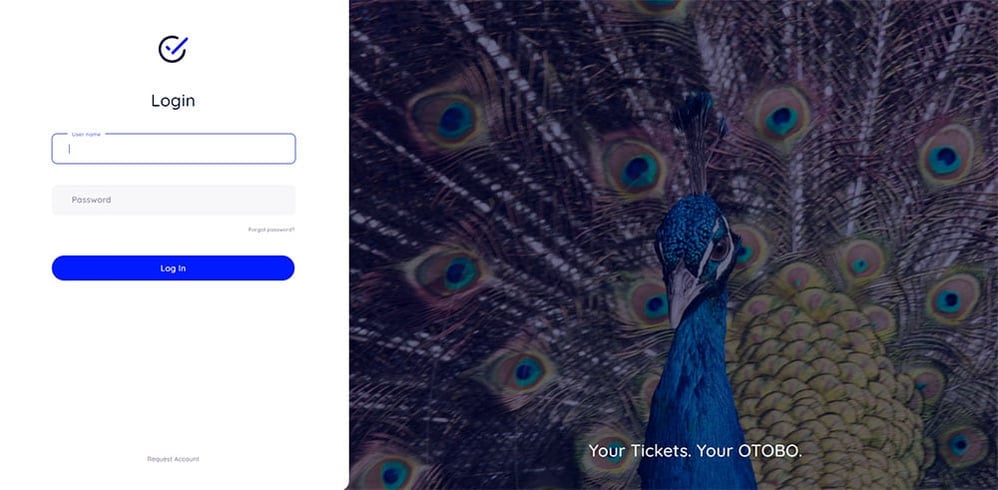 The OTOBO portal has a modern look and feel
The OTOBO portal has a modern look and feel
After logging in, all tickets created by the user are available. Thus, the status of tickets can be tracked at any time, supplemented with further information if necessary, or closed.
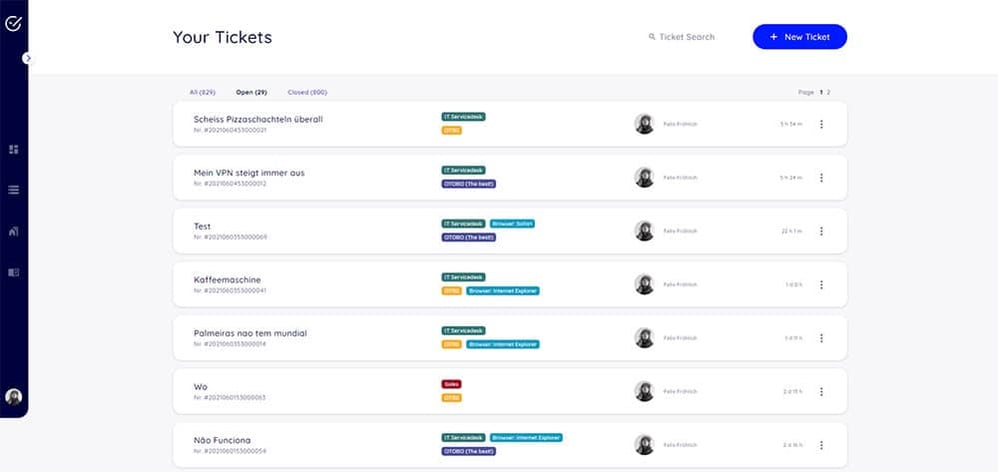
Self-service portal for employees and customers
OTOBO is not only able to be used as a help desk, but also offers functionalities to realise a self-service portal. To do this, simply activate and use the FAQ module. Here, answers to frequently asked questions can be compiled and thus support can be reduced. Your customers are happy when they don’t have to wait very long for an answer. They simply help themselves quickly.
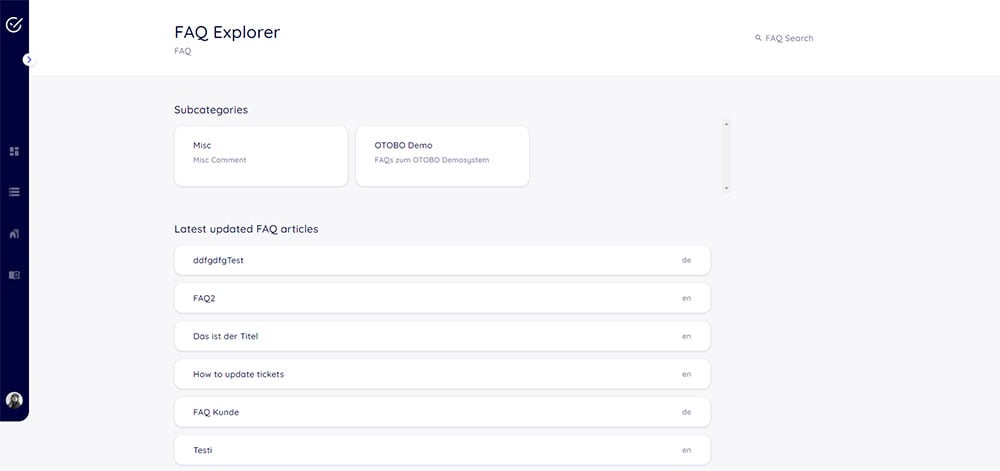
OTOBO integration with i-doit
With the OTOBO add-on, you link i-doit to HelpDesk OTOBO. After the connection, you reference assets from the i-doit CMDB directly in the tickets to make access to these assets easy. All the information about an asset is thus read from the CMDB and stored in the ticket. This includes information about previous communication, emails, fault messages and much more.
- Linking tickets with the CIs from i-doit.
- Access to the CIs enables the mapping of change processes.
- Tickets are documented in i-doit and are also evaluated there via the Report Manager.
Screenshots were taken from the OTOBO live demo at otobo.de.

